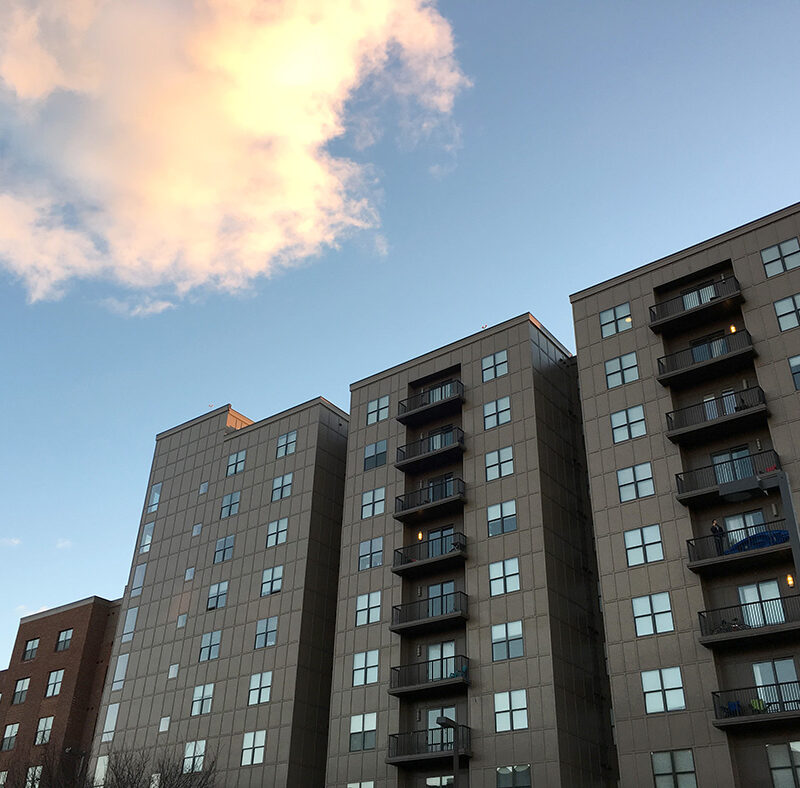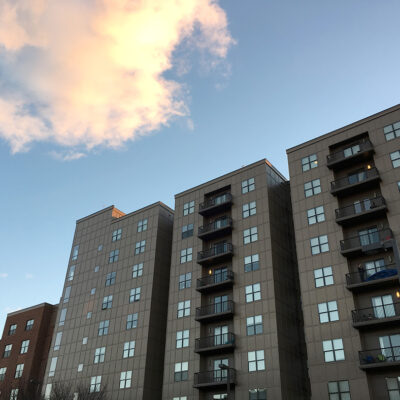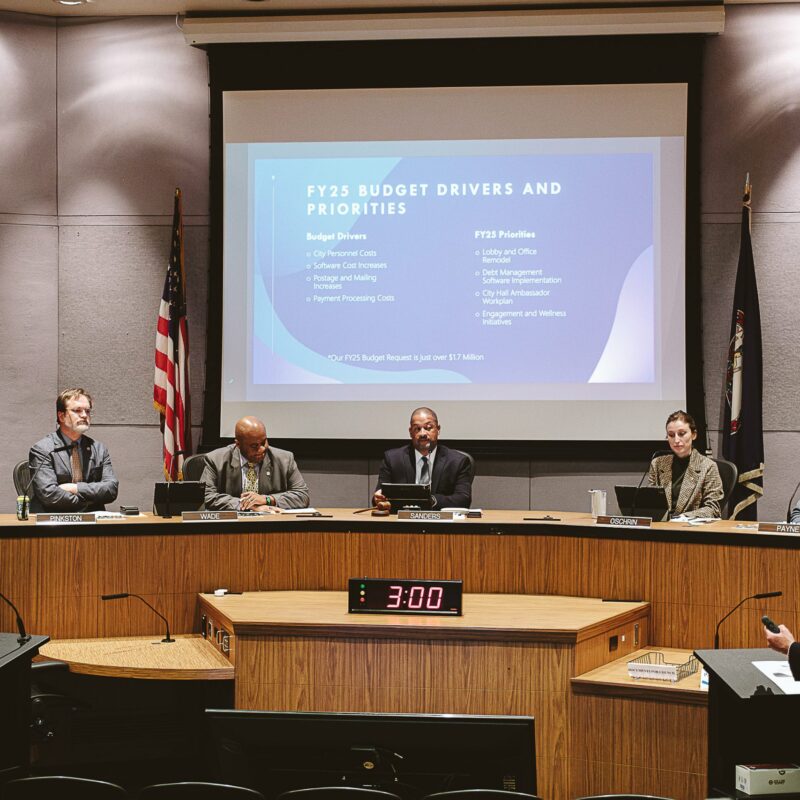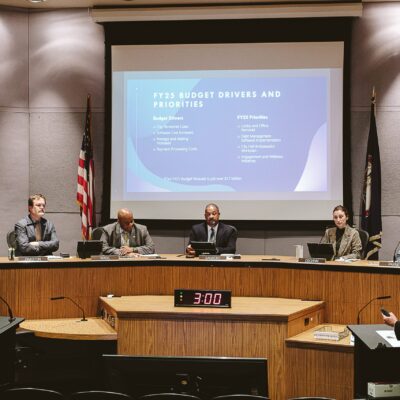
Maria hesitates when asked about the “living wage” campaign that has pushed to raise UVA wages to $10.72 per hour from $9.37. She is unaware of the campaign, its goals, or its members. “My mom is sick,” she says. It’s nothing serious, but it adds to her already sizable financial burden, which includes rent and the ever-growing cost of gas. When asked why she isn’t among the “living wage” protesters, she shrugs. This is her second six-hour shift of the day. Her English isn’t so good, she says, but she explains that she does not define her life by what she earns. “What I make [an hour] isn’t what I’m worth [as a person],” she says. It’s an echo of UVA’s assertion that the school is a business; the wages it pays reflect the market value of an employees’ work, not a measure of their humanity.
Having used an Internet site to calculate the $10.72 figure, “living wage” activists condemn UVA for paying “poverty wages.” But Maria’s six-hour shift, at $9.37 per hour, nets her $56.22 a day, which is considerably better than a full eight-hour day working for Virginia’s minimum wage—still a paltry $5.15 per hour.
It’s a point not lost on some residents at Westhaven, the public housing complex on Hardy Drive that sits in the shadow of UVA. There, residents receive rent subsidies and other government assistance because their jobs often pay only minimum wage.
Few of those asked knew about the “living wage” campaign, or the protests at UVA. “I don’t work, but I kinda think what they make at UVA is a lot,” says a woman holding a baby on her porch in Westhaven. Many of her friends work for minimum wage, which she says isn’t even enough to pay an electric bill. “If students want to change things, they shouldn’t focus on UVA. A lot of people make way less,” she says. “If UVA wages need to be higher, other working people need it more.”—Amy Kniss





